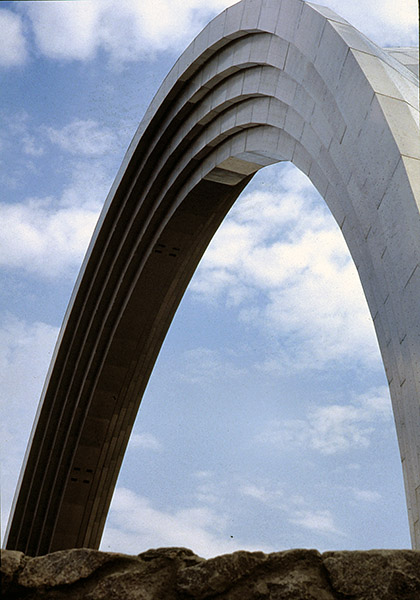![]()
Before creating a website, you must obtain your instructor's permission. Send an email explaining your proposed topic. You should also indicate any prior experience with creating web materials. Your instructor can supply you with a list of possible topics depending on your interests.
There are many different tools that you might use to create a website.
Specifically, with respect to putting material on the web, there are now many options for building a website.
- Google sites
- Google Docs
- Composer (part of the SeaMonkey project)
- Blogger/Blogspot
- Jimdo
- Webnode
- Squarespace
- Weebly (Make sure that you use the free version of Weebly and that you choose to use a Weebly "sub-domain." That means that your URL will include "Weebly," for example http://chinaopiumwars.weebly.com/. If you try to use a unique domain name, like chinaopiumwars.com, then you will be charged extra.)
- Wix
- Bluefish
- Webflow
- Adobe's Dreamweaver
- Avocode (actually an app builder)
- If you want to try and build your own website using your own coding, you can use GitHub for free to host your code.
- others?
Many of these are pretty easy to use. Depending on your personal style and preferences, you will find one more to your liking.
Each website must include.
- An introduction to the topic
- A substantial background text, written by the student, of a couple thousand words; this should be broken into relevant sub-sections
- A detailed timeline/chronology
- Graphics, images or other media resources (each image needs a URL citation)
- Four to five recommended books (with annotation of why each book is important)
- Annotated list of web resources (a minimum of 10 to 15 sources needed)
- An "about the author" page
Some other considerations
- You need to properly credit the source of each photo that you use, including a URL if relevant.
- Any links that you list in your web resources must include a short annotation.
- You can use the resources on the NVCC Library page to help you with finding recommended books and websites and other sources for use on your web page.
- Please make sure that I see a draft of your work before final submission.
- Final point value is determined by the quality and quantity of your work. (As much as 200 points might be possible depending on which course you are in, but very few websites come close to that point value because of a lack of content.)
Whenever you publish something on the web, it must look good. Here are some quick web style considerations.
- KISS (keep it simple stupid). There is no single, better piece of advice for almost any kind of online project. You might argue that a better acronym is KISP (keep it as simple as possible), but that is harder to remember. Don't make it overly complicated.
- When it come to the appearance of material on the web, space is better than cramped clutter. The Google search page is a good example of "space." Almost every home page on the web, Yahoo, USA Today, AOL, ESPN, is a good example of the problems that you get when you try to cram too much information and advertising onto a single page.
- Color and color contrasts are important on web pages.
- Proper citation!
Here are some examples of websites created by students. Only the first three reach the 200-point level.
- The Tankman, Susanna Schuh (outstanding example of a student-created website)
- Heidi Paddock, The Who Live: the formative years, 1964-1970 (outstanding example of a website created using WX.com)
- Repatriation, Jessica Amuso
- History of Video Games, Larissa Knott
- Enlightenment, Patricia Niles
- 1958 NFL Championship, Andrew Cox
- The Opium Wars, Amroté Getu
- Early Stone Tools, Sean McLaughlin
- Apartheid in South Africa, Sophie Eaton
- Sunjiata: The Lion's Reign of Mali, Sara Anniki
- Second Anglo Boer War, Soria Darwish
- History and Me, Sonia Deana (Good example of very creative approach to the personal history paper)
